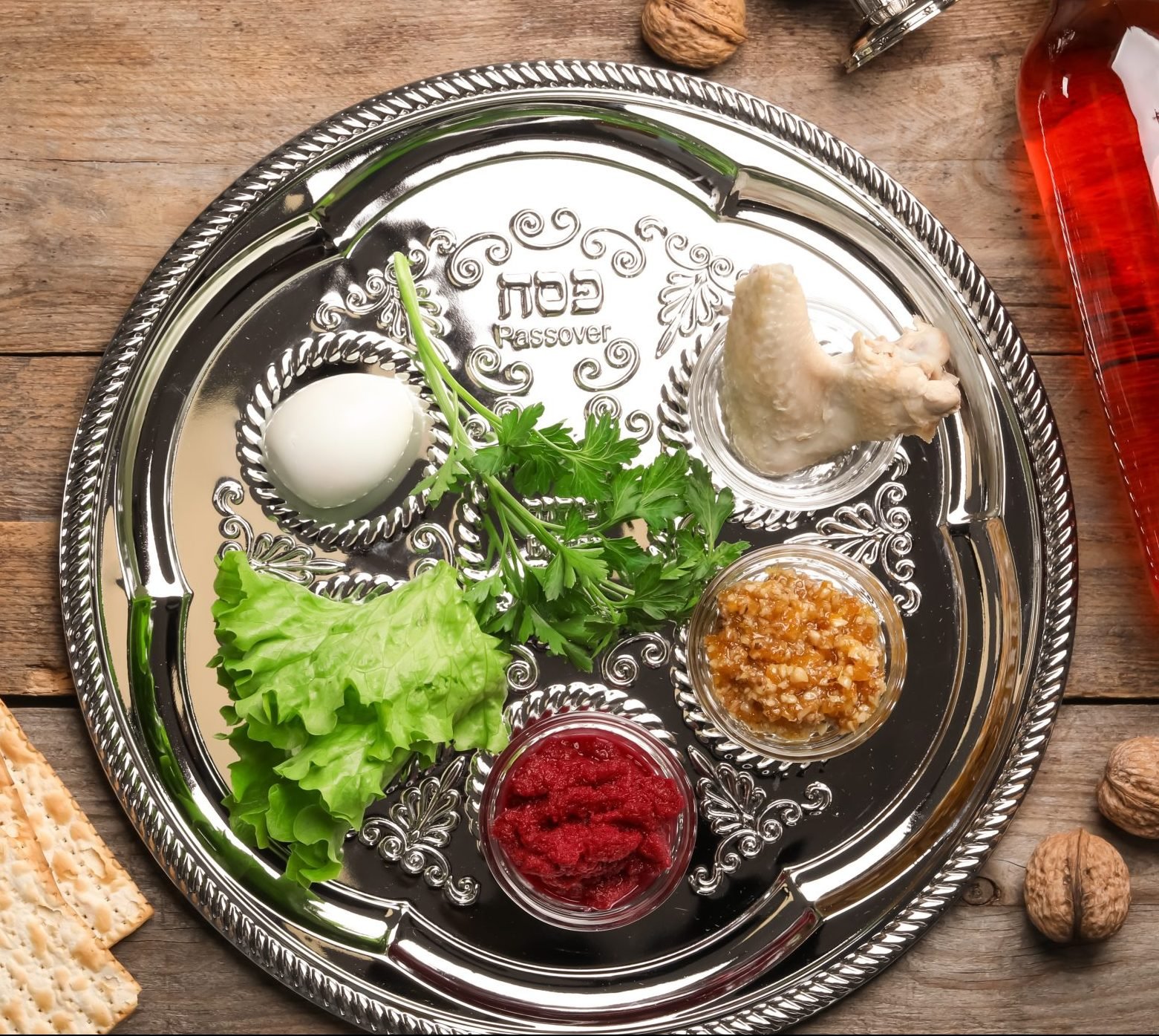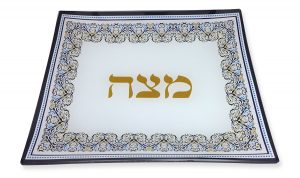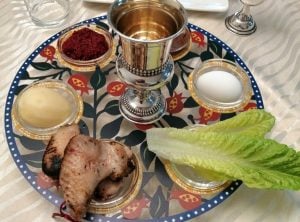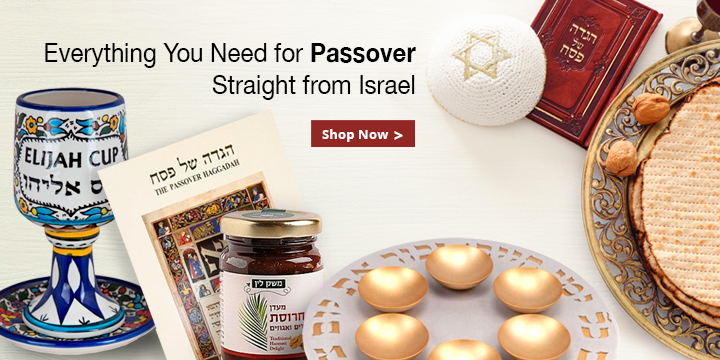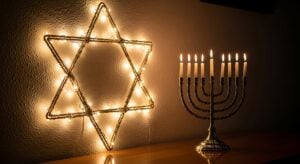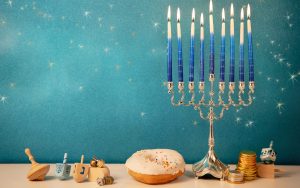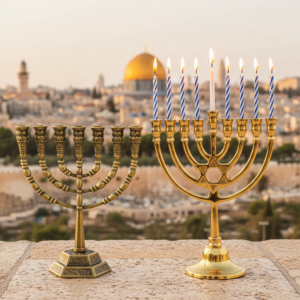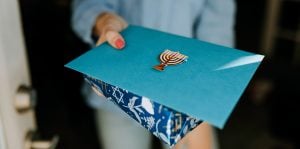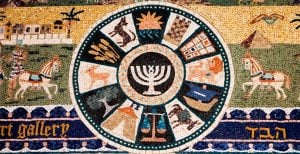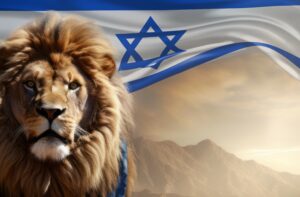What to Eat, and Not to Eat, on the Seder Plate
Anyone who has been at the Passover Seder knows that the food items—for the most part—are not only symbolic, but also to be ingested. This means that the significance of each item is both stated during the Seder, as well as tasted.
The most important thing is that everything that is eaten is done so only in its prescribed time. If you’re unsure about what to eat when, the best bet is to follow the leader, and indeed many Haggadahs have notes about what to take at what stage of the Seder.
Many people put out small amounts of each item, like a single hard boiled egg, and when it’s time for everyone to eat, the host will bring out a tray, but for our purposes this would still be eating off the Seder plate.
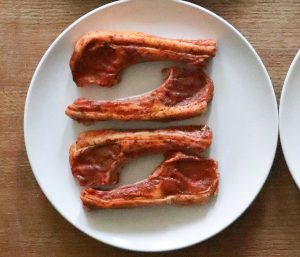
What Not to Eat Under Any Circumstances
There is one item on the Seder plate that does not serve any function during or after, and that would be the Zroa, shank bone. The reason is because this represents the korban Pesach or ‘Passover sacrifice’ made in Egypt before the Jews left, and in the Temple every year after.
Since the Temple is destroyed right now we do not want people conflating normal meat with that used for a proper sacrifice. In fact, not only do people distance themselves by not consuming it, but a typical custom is to use a chicken leg or neck in place of a lamb shank.
No matter what one uses, be it lamb, chicken, or even a beetroot in some vegetarian households, it represents something we can’t access until the Temple is rebuilt, so it shouldn’t be consumed. Having a dish with those ingredients during the meal, though, would be perfectly fine so long as it was not meant to represent the Passover offering.
Eating from the Seder Plate
Everything else from the Seder plate is going to be eaten during the Seder.
Beitza-Egg
You may think that, given the previous reason not to eat the Zroa, that the egg also maybe wouldn’t be eaten, since it also represents a sacrifice made in the Temple, the korban chagigah made for each holiday. The difference is that the chagigah itself was not an egg, so there would be no confusion between the real offering and the hard boiled egg on the table. Moreover, eggs in Judaism are a typical symbol of mourning eaten before the fast days of Yom Kippur and Tisha B’av for instance. We still eat the egg, though commonly this is eaten along with the saltwater, as even though it is consumed, we are still mourning the destruction of the Temple.
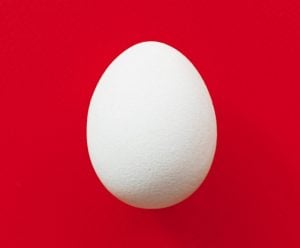
Matzah
The custom most people have nowadays is to leave 3 pieces of matzah on the seder plate, the middle of which is broken to create the afikoman. As a result, even a modest gathering for the Seder will definitely need to have more matzah pieces on hand, as the bare minimum amount needed per person will end up being over a piece. Many people like to get special matzah trays to keep them easily accessible.
Karpas, Charoset and Chazeret / Maror
Of the remaining four items, these are all eaten off the seder plate, though in most cases it would be wise to have more at the ready. With the bitter herbs that are supposed to recall the bitterness of slavery, many people at the table enjoy the taste, and may want a second helping given that the true meal hasn’t come out at this point in the Seder. And charoset, a sweet fruit and nut paste, is a particularly beloved holiday favorite for many Jews!
The Seder is supposed to be experienced with all five senses and the hope is one day that every item on the plate, including the shank bone, should be enjoyed with taste, not only the sight. Until then, every Jewish family should prepare to find the meaning in taking in the rest of the Seder plate foods.
Passover is just around the corner. Make sure you’ve got what you need for the upcoming Seder here!
